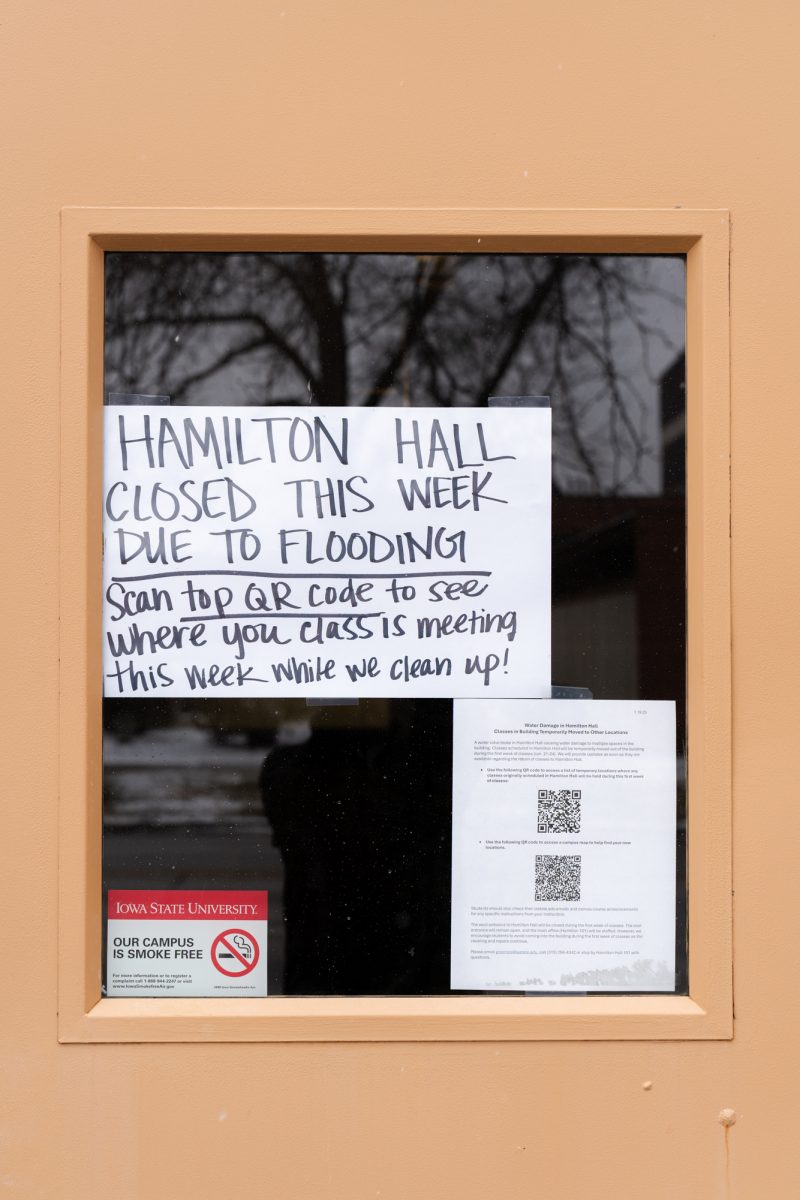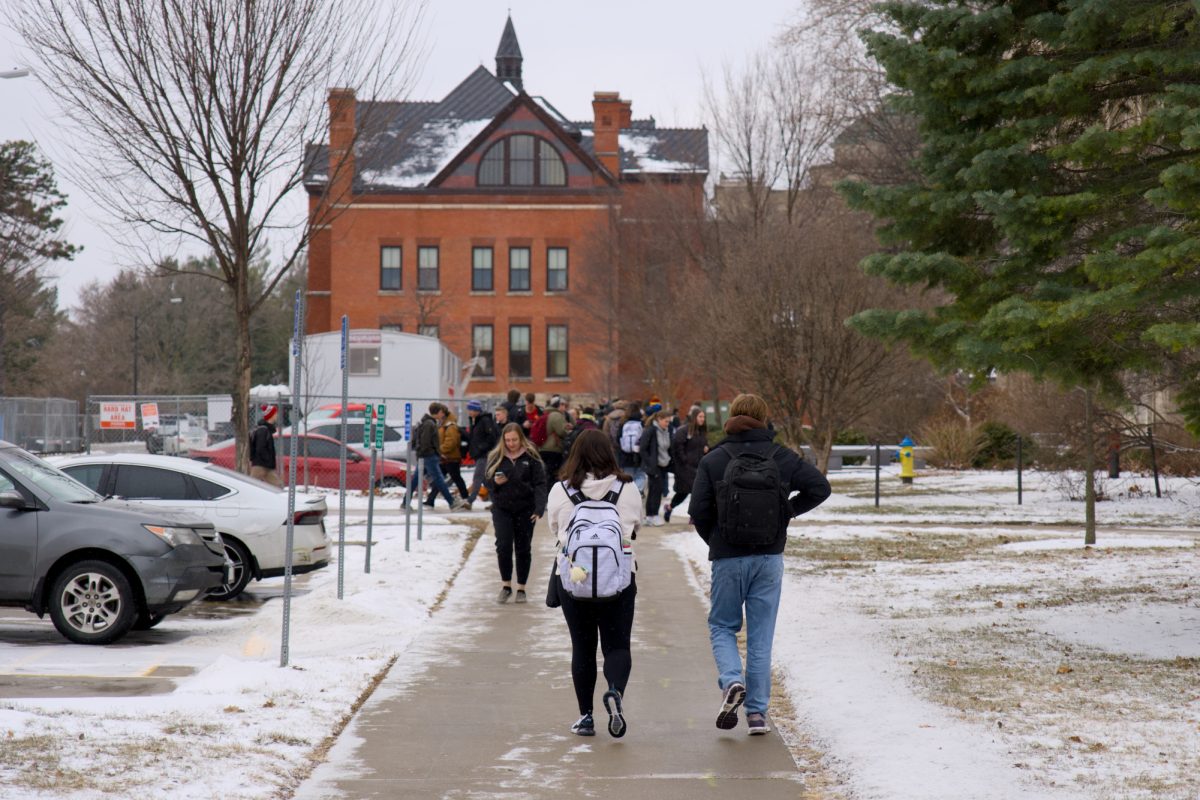Students indifferent to mumps epidemic
April 23, 2006
While Iowa Department of Public Health officials launch a mass vaccination effort in college and university communities in Iowa to address the state’s growing mumps epidemic, ISU students have remained indifferent as the virus continues to spread.
The department announced April 20 that it was distributing 25,000 doses of mumps vaccine to 35 Iowa counties – including Story County, which received 13,000 doses.
There have been 975 documented cases of mumps in Iowa as of April 19. Of those, Iowa college students comprise 25 percent of documented cases, according to department records.
The median age in all cases is 21.
Three cases have been confirmed on the ISU campus, according to Thielen Student Health Center.
Penni McKinley, quality improvement coordinator for Thielen Student Health Center, said the majority of cases around Iowa have affected people who have not had the two vaccinations.
McKinley said of the more than 17,300 18-to-22-year-olds on campus, less than half of one percent – about 80 students – have not been fully vaccinated against the mumps.
“What we have seen here at Thielen is a number of students actually starting in December when this all started that had mumps-like illness and at that time the students had their two vaccines so it was thought to be something else,” McKinley said, adding that reasons such as medical or religious exemptions hinder some from being vaccinated. She said the center is directly reaching out to those few students who haven’t been vaccinated to do so now.
McKinley said the center also encourages spouses or other family members of students who fit the age and immunization profile to take advantage of the free vaccinations.
Iowa State requires two doses of the vaccine for all incoming students, including transfer and graduate students. The second dose must have occurred during or after 1980.
The mood of ISU students on campus Veishea Saturday concerning the mumps epidemic could be described as general indifference toward the subject. Stephanie Koehler, graduate student in ecology, evolutionary and organismal biology, said she was unconcerned because she received her two vaccinations at an early age.
Daelyn Woolnough, graduate student in ecology, evolutionary and organismal biology, said her fiance is from Canada, which is more afraid of mumps from the Midwest than people around here. She said she also had both of her vaccinations because of her student status.
“I’m not scared of it because I am an international student, so I needed all of my immunizations anyway,” Woolnough said.
The measles-mumps-rubella vaccine is usually given at 12 to 15 months of age, and then once again one year after the first shot.
The vaccine, however, is not 100 percent foolproof. Five percent of people who receive the vaccine do not build a defense against the disease, according to the U.S. Department of Public Health.
It is not known at this time how the disease has spread throughout the Midwest or why it is targeting 18-to-22-year-olds. McKinley said this is not the focus at this time.
“The Department of Health, because we are in the throes of this epidemic, are not going to spend the time trying to figure out how it got introduced into our population in Iowa, but move forward and try to contain it as best as possible,” she said.
The mumps vaccines arriving in Story County will be distributed free to people ages 18 to 22 who have not received two doses.
Terri Olinger, a nurse at Mary Greeley Medical Center, said vaccines will be distributed in three locations around the county.






